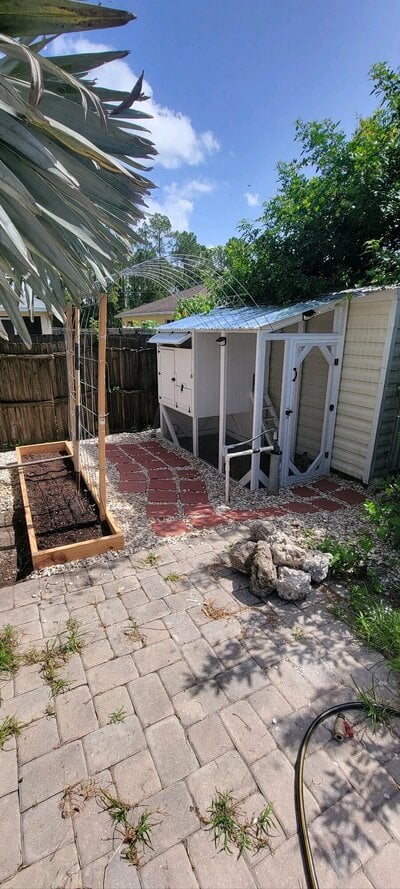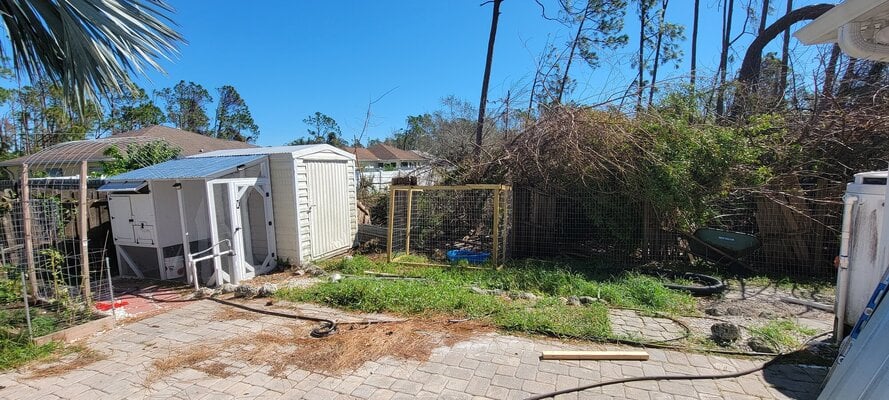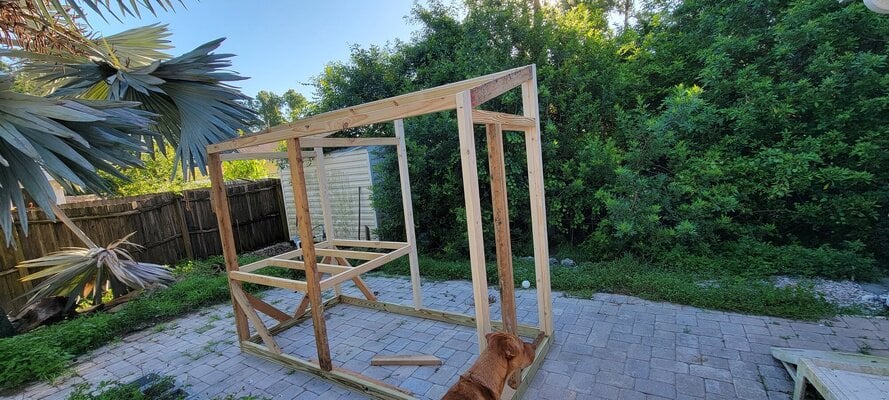Thank you for the feedback! I'm not sure how to add my location to my profilebut I'm on Cape Cod, MA. So we have mild New England weather here. Usually only a few days in the 90's in August and that's about it. We get some snow too, but it doesn't usually dip below 0F. The run is shaded by 2 large beech trees which provide deep shade in the summer and lose their leaves in the winter allowing sunlight in the winter (still somewhat shaded though from their branches). We had been planning on a metal roof but I wanted to make it more natural by doing the polycarbonate & letting the natural light through. In the summer they'll really only get a little bit of morning sun before the beech trees shade them for the rest of the day, so I'm hoping that will be comfortable for them. I've also seen polycarbonate roofing that isn't totally clear that allows 80% sunlight through (instead of 94% like the clear stuff I was looking at) so that's another option too.
Natural shade is excellent!
If you go to your account details and scroll down you'll find a space labeled "location".








 I added up all those costs to make my chicken run predator proof and quickly blew past my budget.
I added up all those costs to make my chicken run predator proof and quickly blew past my budget.